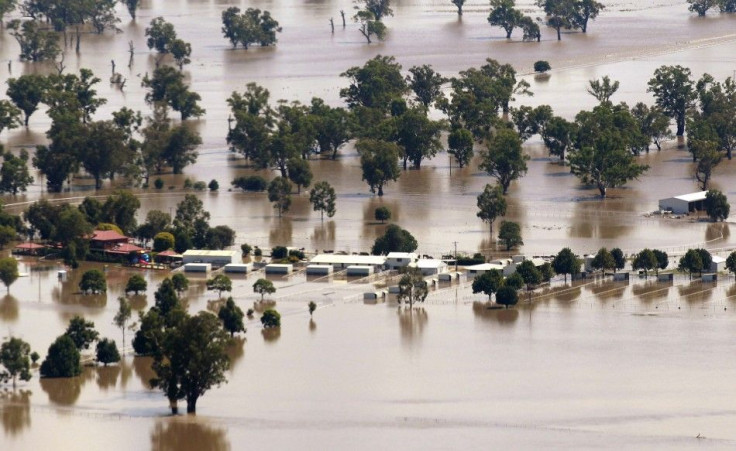Australian Floods Leave More Than 13,000 Homeless

Tens of thousands of people have been forced to flee their homes in eastern Australia after unseasonably severe summer rains caused widespread flooding in three states over the past week.
More than 13,000 were forced to evacuate flood-zones after record-high rains caused rivers to swell and dams to overflow.
One of the worst affected areas was the New South Wales town of Wagga Wagga, where 8,000 people were ordered to abandon their homes amid warnings floodwaters were expected to breach an 11-metre levee, Reuters reported.
If the levee is breached, we would expect significant inundation and we would expect that to happen very quickly, State Emergency Service Assistant Commissioner Mark Murdoch told Reuters.
Flood warnings have also been issued in northern Queensland State and Victoria, where some residents have been warned to prepare for evacuation if conditions worsen.
It is impossible to quantify economic damage until the flood waters subside, Prime Minister Julia Gillard told reporters in Canberra.
According to the government's chief commodities forecaster the floods will not have an adverse impact on Australia's major winter crops.
Winter crop harvest was complete before the flooding happened, ABARES chief commodities analyst Jammie Penm told Reuters.
That's the largest crop component in Australian production.
He said the rains could cause local damage to summer crops, such as sorghum, cotton and soybeans, but it was too early to make an assessment.
Some of the crops might not necessarily die when they submerge. Some of the crops can survive even after floods, he said.
It is too early to make an assessment in preciseness, because we have to wait for the waters to subside.
© Copyright IBTimes 2025. All rights reserved.




















